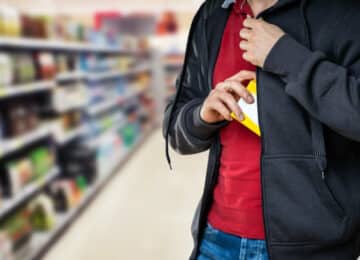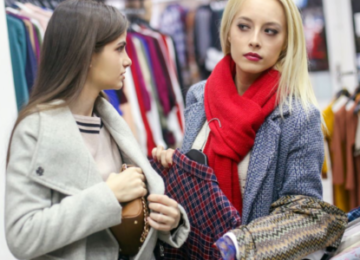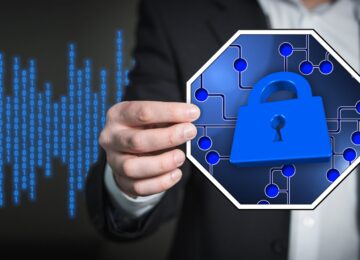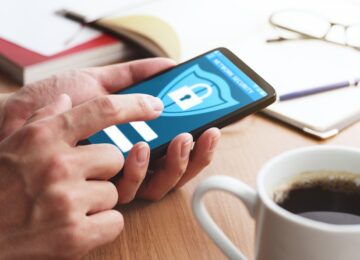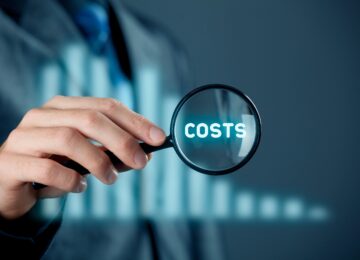Pharmacy shoplifting: The detailed guide to effectively securing your store’s pharmaceutical products
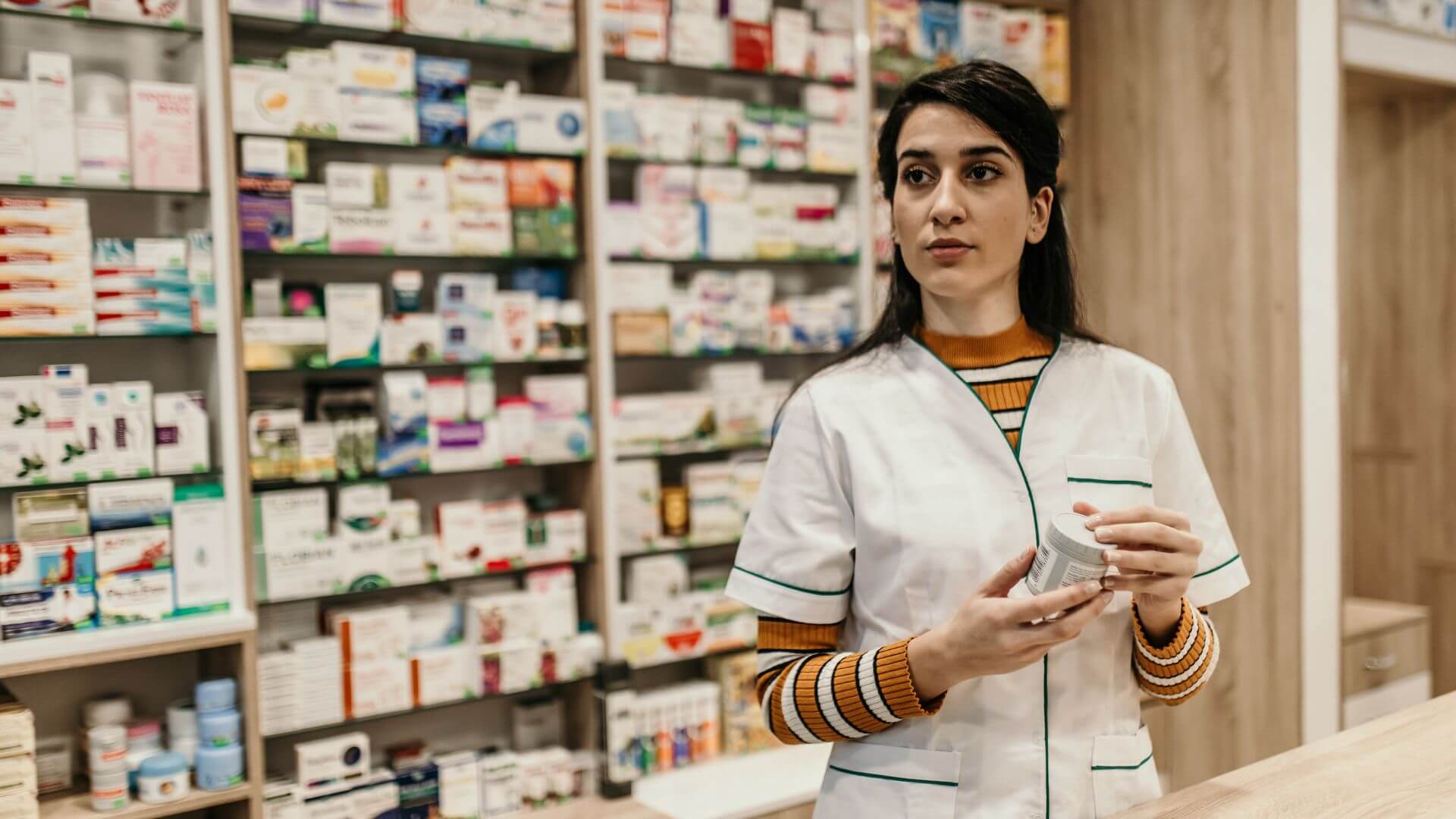
For the pharmaceutical industry, pharmacy shoplifting represents a significant loss in revenue. Incidents of theft in pharmacies occur more often than one might think, requiring staff to be vigilant at all times. So, which products are most commonly stolen from pharmacies? What shoplifting techniques are used the most, and how can you protect your pharmacy from inventory shrinkage? What security devices should you use to best protect your pharmacy? You’ll find the answers to all these questions in our guide.
>> Infography: The 6 most commonly stolen items in pharmacies during the back-to-work/school period
Everything you need to know about pharmacy shoplifting
Looking to devise an effective security strategy against pharmacy shoplifting? It’s important to know which product types are most commonly affected by inventory shrinkage, and what techniques are used by shoplifters.
What type of products are most likely to get stolen?
Pharmaceutical products and medicines are often targeted by thieves. These often have a high market value and can be easily resold on the black market. That said, they’re not necessarily the products that account for the most shrink.
Among the most commonly shoplifted items in pharmacies are those to which customers have free access in the store. This is namely the case for pharmaceutical products, which have the advantage of being small in size. But maybe more surprisingly, baby products such as nappies and infant milk are among the items most frequently stolen from pharmacies.
What shoplifting techniques are most commonly used in pharmacies?
When it comes to stealing products from pharmacies, shoplifters certainly don’t lack imagination. The methods most commonly used in pharmacies include:
Whatever technique a shoplifter may choose, solutions exist to protect your pharmacy from malicious behaviour.
What security measures can be taken to combat inventory shrinkage in a pharmacy?
There is a wide range of essential security equipment available to protect your pharmacy. Here are a few preventive measures against the theft of medicines.
Security gates
Security gates are positioned at the entrances and exits of the pharmacy. They are designed to detect RFID tags affixed to high-value products. If a customer tries to walk past the gates with an item that wasn’t previously scanned at the checkout, they trigger an alarm, alerting the pharmacy staff.
Security (RFID) tags
RFID tags are used together with security gates. They are affixed onto or integrated into the packaging of products. If they are not deactivated at the checkout, they trigger an alarm when the customer walks through the security gates upon exiting the pharmacy.
Security cameras
Video surveillance requires the use of CCTV cameras. Albeit essential in any pharmacy, cameras cannot guarantee absolute protection against theft. To be fully effective, pharmacy staff need to keep a constant eye on the security monitors linked up to the cameras. Fortunately, it’s now possible to boost your pharmacy’s video surveillance with the help of Artificial Intelligence.
Real-time detection of pharmacy shoplifting made possible thanks to Artificial Intelligence
Did you know that AI now offers advanced surveillance and detection capabilities? By using sophisticated algorithms, AI can analyse video streams from surveillance cameras in real time.
This represents a considerable asset, enabling pharmaceutical sector businesses to ensure round-the-clock protection for their goods, automate their protection systems, and considerably limit inventory shrinkage. This means pharmacy staff save precious time, and can focus on advising customers and selling products.
Veesion’s AI technology at work for the security of your pharmacy
How Artificial Intelligence can automate your pharmacy’s video surveillance Read on to know the advantages of the Veesion solution and how it works.
How does Veesion work?
The pharmacy first needs to be equipped with one or several video surveillance cameras depending on its surface area. The easily configurable software is then installed on the video recorder.
The technology is based on an algorithm that can analyse footage in real time.
Artificial Intelligence is capable of distinguishing between normal purchasing behaviour and a potential act of theft. For example, if it spots an arm reaching for a pocket or bag rather than a basket, the movement is considered suspicious.
Whenever a suspicious movement is detected, an alert is instantaneously sent to the pharmacy’s head of security. This alert includes a short video of the individual committing the suspicious movement. The security officer or the pharmacy manager can then check whether the suspected individual takes the product out to pay for it at the till.
What are the advantages of Veesion?
Video surveillance in pharmacies offers a number of advantages, especially when enhanced with Artificial Intelligence. By using AI, pharmacy owners can prevent inventory shrinkage and ensure the security of their stores. Here are just some of the benefits of using Veesion software.
Reliable, accurate surveillance
With a theft detection rate of over 5%, Veesion’s algorithms provide reliable and accurate surveillance round-the-clock. Your pharmacy is protected 24/7 by video surveillance.
Easy to install
The Veesion solution is compatible with most security camera models currently on the market. It’s installed on the video recorder which comes supplied, which means you don’t have to invest in additional equipment. Once installed, its intuitive interface and simplified functions mean you can start using it straight away.
Rapid response time
Alerts are sent to selected connected devices (e.g. business smartphones or tablets). The included short videos mean that suspects and their suspicious movements can be identified quickly. Veesion software algorithms enable you to take action quickly and have tangible proof of the theft.
Respect for privacy
Artificial Intelligence only analyses body gestures and movements. To ensure an ethical approach to video surveillance, our technology does not use facial recognition or track individuals. The data collected is used solely and exclusively for video surveillance purposes.
What does the law say about installing video surveillance in a pharmacy?
Installing video surveillance in pharmacies is governed by the law. The aim of the legal regulations is to protect the personal data of customers and pharmacy staff.
Do pharmacies have to inform the CNIL when they intend to install video surveillance cameras?
Whenever video surveillance is installed in a public place such as a pharmacy, a declaration to the CNIL (National Commission for Data Protection and Civil Liberties) is required. The owner of the pharmacy needs to apply for authorisation from the prefectural office of the département where the pharmacy is located.
Can cameras be installed anywhere inside the pharmacy?
No, there are certain rooms where security cameras cannot be installed. Cameras can only be installed in rooms where there is an identified security need. They can be placed in strategic locations, such as storage areas, facing cash registers and entrance and exit doors, but not in ‘private’ rooms (such as toilets, cloakrooms, staff offices, break rooms, etc.).
Moreover, whenever CCTV cameras are installed around the pharmacy building, the mayor of the municipality must also be notified.
Do pharmacy customers need to be informed about the use of a video surveillance system?
Yes, it’s a legal obligation. A clearly written and legible sign must be displayed at the perimeter of surveillance areas, informing customers that they are being filmed for security purposes. The sign must include a pictogram of a surveillance camera. It must also include information about the customers’ rights, in particular the right to contact the CNIL should they wish to make a complaint.
Can pharmacy staff be allowed to access the recorded video footage?
Only persons authorised by the pharmacy owner may access and view the video surveillance camera footage. These persons must be trained and made aware of data protection and surveillance regulations. Apart from members of the management, these persons are usually the security officer(s).
Is a pharmacy allowed to store video surveillance camera images and footage?
The length of time recorded images and footage can be stored is determined on a case-by-case basis, and must be specified in the authorisation order obtained from the prefectural office. In all cases, it must not be stored for more than 30 days. Upon expiry of this period, the footage must be destroyed, except in the case of ongoing legal proceedings.
The most popular
Related news
Discover what Veesion can do for you. Do you have one or more stores?
Our team will contact you within 48 hours
